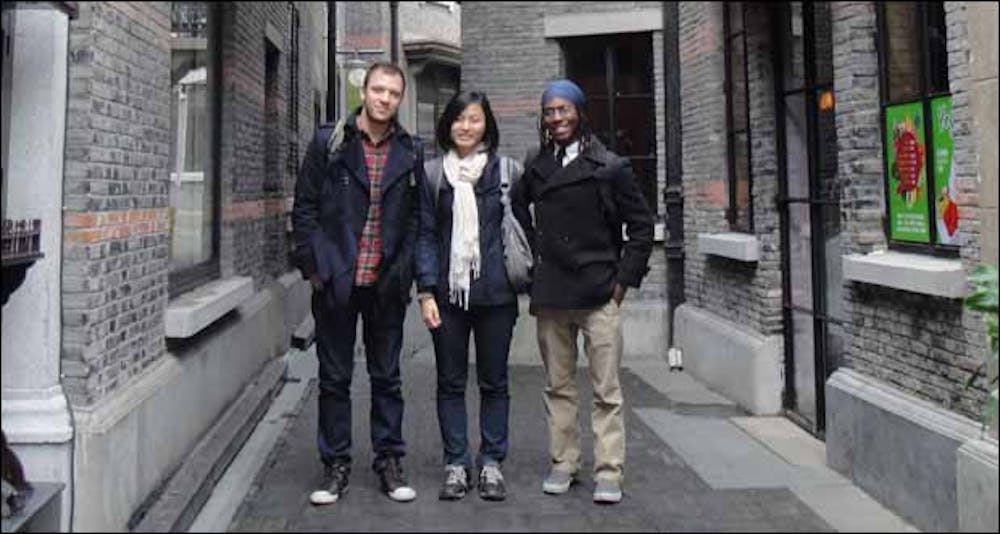A national organization is providing ASU students with a new way to learn the Chinese language and culture through a multi-year, total immersion program.
The Chinese Language Flagship Program at ASU requires students to take multiple courses taught entirely in Chinese, followed by a yearlong study abroad trip and internship.
The program is part of a federal effort to develop American professionals who are proficient in key languages such as Mandarin Chinese, program spokeswoman Irene Hsaio said.
“From a global perspective, this is something [students] should learn because China is evolving rapidly and becoming a powerhouse in the business world,” Hsiao said. “China is Arizona’s third-largest trading partner after Mexico and Canada, so there’s a lot of opportunity.”
Most of the students in the program are double majors in Chinese and other areas, ranging from business to sustainability to architecture, she said.
The program, including the internship, is tailored to each individual’s interests.
“We have a very diverse group of students,” Hsiao said. “Some start with nothing, but we also have students who have lived abroad and students who are Chinese-American, but not proficient in the language.”
Hsiao stressed how unique the training provided by Flagship Program is, a fact many of the students agreed with.
Business and Chinese junior Carrie Zhao said the weekly essays required for the program have helped her improve her Chinese and prepare for her immersion into Chinese culture in the fall.
“We have to write a Chinese paper every week, and it’s pretty legitimate. We have to find journal articles to cite and everything, which basically forces us to read and write every day,” Zhao said. “I think this is what’s pushing us to really improve our Chinese, because you can study a lot, but your actual Chinese won’t improve without it.”
Taking non-language classes in Chinese also helps students prepare for their immersion in China, said Ning Wang, a political science and global studies professor.
Wang, who was born and raised in China, teaches one of the program’s courses, Understanding China’s Economic Transformation. The class focuses on China’s transformation from a socialist economy to a market economy.
“A lot of the political and economic terms are things [the students] are not familiar with, so they pick those up in class,” Wang said. “A lot of these students are going to want jobs related to China later in life, so it’s important … to have someone teach in the native language.”
Finance and Chinese senior Catlin Klein is currently taking 18 credits of courses in Mandarin.
“My day pretty much revolves around Chinese,” she said. “The best part is learning about a culture and a way of life that’s so different. It’s exciting and new, and it makes you think about yourself and your life differently.”
Klein and Zhao will both be part of the second cohort of students to travel to Nanjing, China in the fall. The first group of six students is currently attending Nanjing University, one of the oldest and most prestigious universities in China.
Once in Nanjing, students enroll directly in the university, unlike most study abroad programs. This allows them to take classes related to their degrees with actual Chinese students, Hsiao said.
The students are also responsible for finding their own internships, although the Flagship Program offers advice and limited connections, she said.
“Before, if you wanted to do something this intense you would have to do it on your own,” Hsiao said. “[This program] is a very unique opportunity. You end up navigating that sphere and really experiencing the language and gaining a lot of cultural knowledge.”
Wang said whether or not the program is unique, he believes its participants will benefit from their experiences.
“Flagship is able to recruit the most talented students on campus,” he said, “so I have high hopes for what they can do.”
Reach the reporter at keshoult@asu.edu




